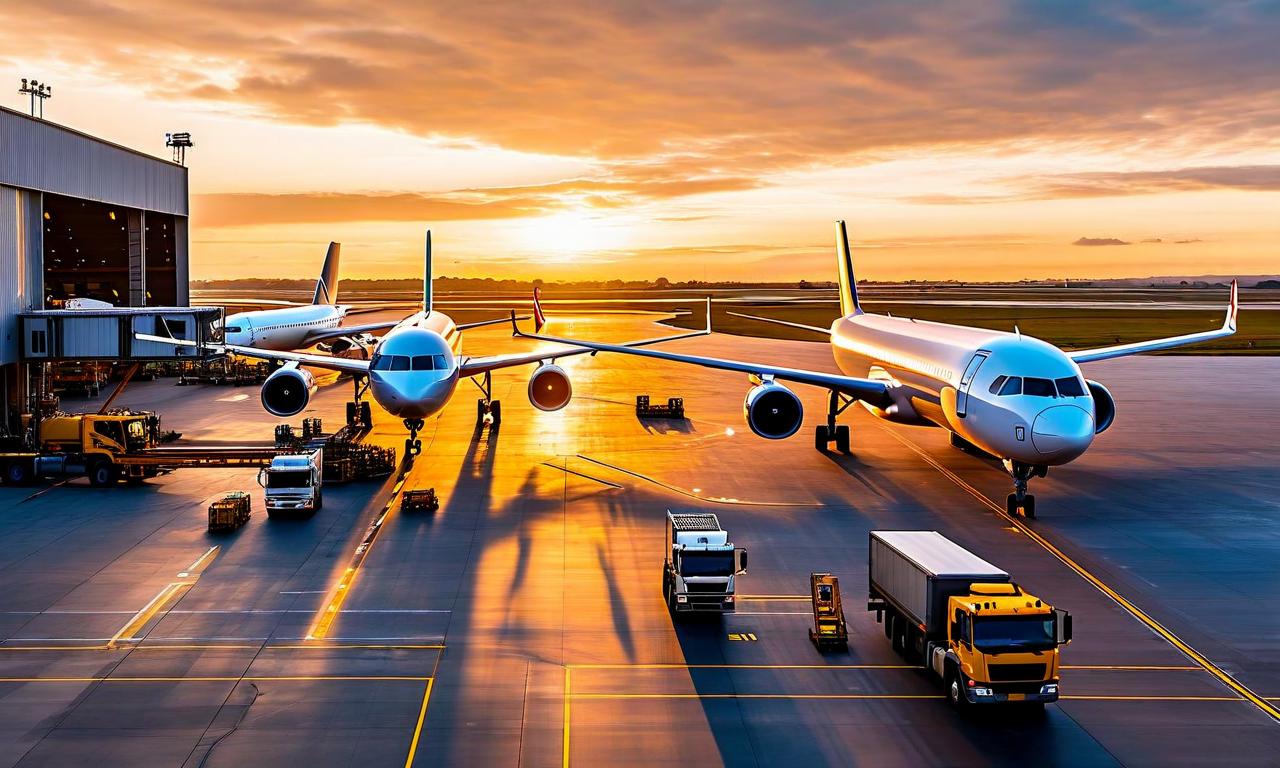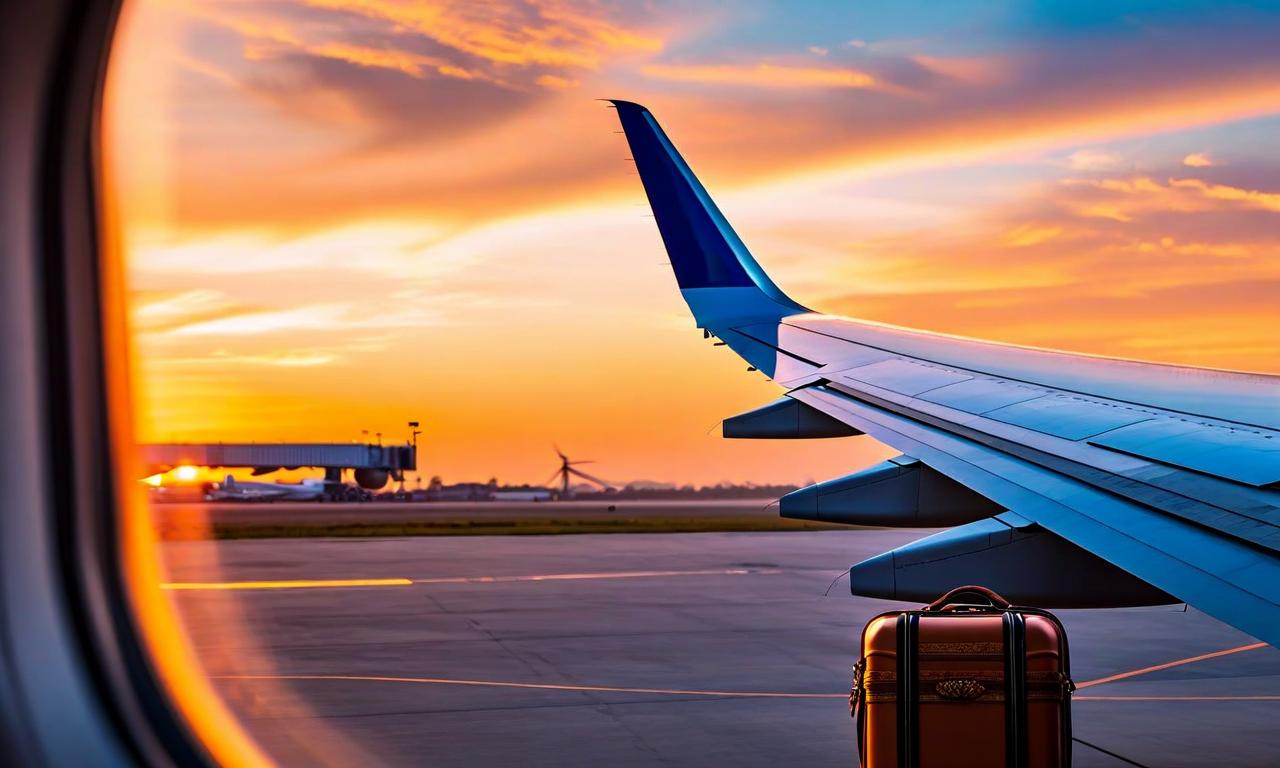IATA Warns: Supply Chain Woes Could Cost Airlines $11 Billion in 2025
The International Air Transport Association (IATA) predicts supply chain disruptions will cost the global airline industry $11 billion in 2025. The impact stems from aircraft delivery delays and engine repair issues, forcing airlines to use older, less efficient planes. Costs include $4.2 billion in additional fuel, $3.1 billion in increased maintenance, $2.6 billion in higher engine leasing, and $1.4 billion in spare parts inventory. Despite these challenges, IATA projects a $36 billion profit for airlines in 2025. The industry faces an average fleet age of nearly 15 years, a 20-30% increase in aircraft lease rates since 2019, and a backlog exceeding 17,000 aircraft.

*this image is generated using AI for illustrative purposes only.
The International Air Transport Association (IATA) has sounded the alarm on a looming financial challenge for the global airline industry. According to their latest report, supply chain disruptions could inflict a staggering $11 billion blow to airlines' bottom lines in 2025. This forecast comes amid ongoing challenges in aircraft deliveries and engine repairs, forcing carriers to rely on older, less efficient planes.
Breaking Down the Costs
The financial impact of these supply chain issues is multifaceted:
| Cost Category | Amount (in billions) |
|---|---|
| Additional Fuel Costs | $4.20 |
| Increased Maintenance | $3.10 |
| Higher Engine Leasing | $2.60 |
| Spare Parts Inventory | $1.40 |
| Total Impact | $11.30 |
Root Causes and Industry Trends
Several factors contribute to this challenging landscape:
- Delivery Delays: Only 1,250 new aircraft were delivered worldwide in 2024, significantly below pre-pandemic levels.
- Aging Fleet: The average fleet age has increased to nearly 15 years from pre-COVID levels.
- Leasing Cost Surge: Aircraft lease rates have risen by 20-30% since 2019.
- Massive Backlog: The industry's order backlog exceeds 17,000 aircraft.
Financial Outlook and Industry Response
Despite these challenges, IATA projects a $36 billion profit for airlines in 2025. However, the association cautions that supply chain pressures could slow growth and compress margins. In response, IATA has called upon manufacturers and regulators to address bottlenecks and expand maintenance capacity.
Implications for the Industry
The situation presents a complex set of challenges for airlines:
- Operational Efficiency: Airlines are forced to operate older, less fuel-efficient aircraft, impacting their operational costs and environmental footprint.
- Financial Strain: The additional costs across various categories put pressure on airlines' profitability, potentially affecting ticket prices and service quality.
- Fleet Management: Carriers must navigate the delicate balance between maintaining aging fleets and waiting for new, more efficient aircraft deliveries.
- Industry Collaboration: The call for manufacturers and regulators to address these issues highlights the need for a coordinated industry-wide response.
As the aviation industry continues to recover from the impacts of the COVID-19 pandemic, these supply chain challenges present a significant hurdle. Airlines, manufacturers, and regulators will need to work closely to mitigate these issues and ensure the long-term stability and growth of the global air transport sector.





























